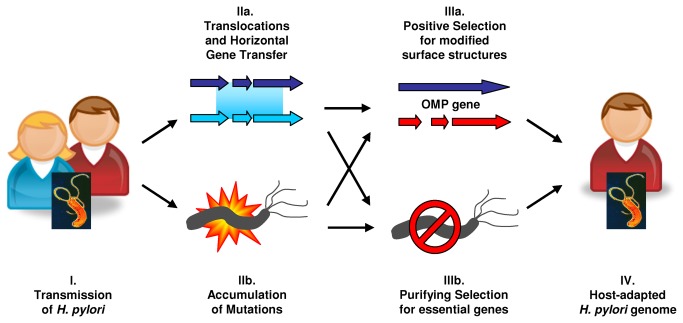Figure 2. Model of genomic changes associated with H. pylori transmission to a new human host.
Following transmission (I) of H. pylori, mutations (IIb) and recombinant DNA fragments accumulate that result from horizontal gene transfer and intra-chromosomal translocation (IIa). Purifying selection preserves the function of essential genes (IIIb), while diversifying selection by the host's immune system favours growth of bacterial clones with modified surface structures such as OMPs (IIIa). The genomic changes, particularly changes in the expression of bacterial surface components, facilitate adaption of H. pylori to a new human host (IV), a dynamic, continuous process that is anticipated to continue throughout the host-pathogen association.

